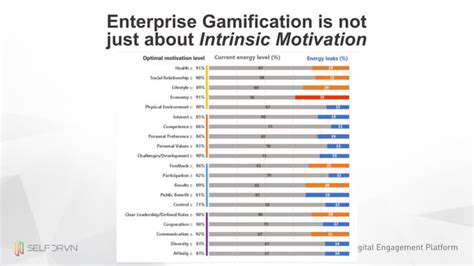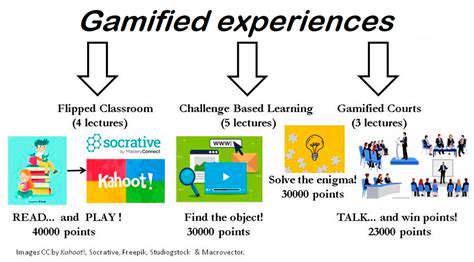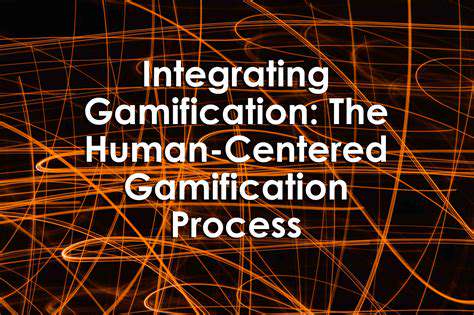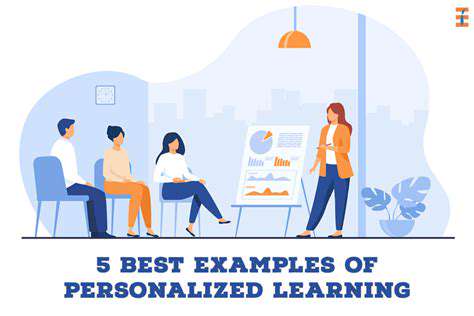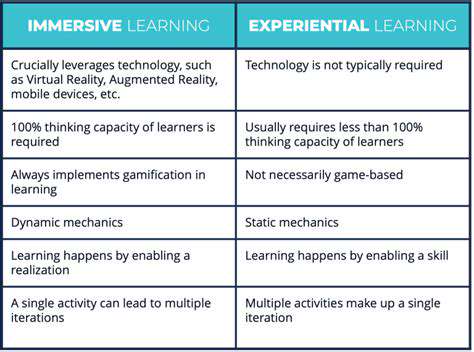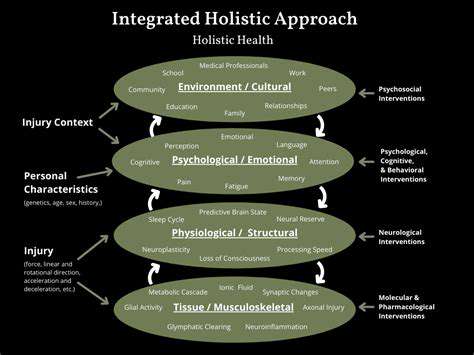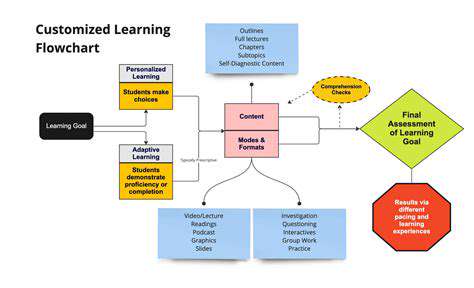Creating Immersive Content: Tools and Tips for Educators
Introduction to Immersive Learning
What is Immersive Learning?
Immersive learning environments go beyond traditional classroom settings, creating dynamic and engaging experiences that draw learners into a simulated or virtual world. This approach fosters a deeper understanding by allowing participants to actively explore, interact, and experience concepts firsthand, rather than simply absorbing information passively. Immersive learning leverages technologies like virtual reality (VR), augmented reality (AR), and mixed reality (MR) to create a sense of presence and engagement, making learning more memorable and effective.
Unlike passive learning methods, immersive learning encourages active participation and exploration. This active engagement leads to improved knowledge retention and a more profound understanding of the subject matter. The interactive nature of these experiences allows learners to experiment, make mistakes, and learn from them in a safe and controlled environment.
Key Benefits of Immersive Learning
Immersive learning environments offer numerous advantages over traditional methods. One key benefit is enhanced engagement and motivation. The interactive and often visually stimulating nature of these environments captures learners' attention and keeps them actively involved in the learning process. This heightened engagement often leads to improved knowledge retention and a more enjoyable learning experience.
Furthermore, immersive learning can effectively address complex concepts. By allowing learners to experience situations or environments that would be impractical or impossible in a real-world setting, these environments provide a unique opportunity to explore and understand intricate ideas. This can particularly benefit fields like science, engineering, and medicine, where hands-on experience and experimentation are crucial.
The Role of Technology in Immersive Learning
Virtual reality (VR), augmented reality (AR), and mixed reality (MR) are the primary technologies driving immersive learning experiences. VR creates entirely virtual environments, allowing users to step into simulated worlds. AR overlays digital information onto the real world, enhancing the user's perception of their surroundings. MR blends the real and virtual worlds, enabling users to interact with both simultaneously.
The specific technology chosen depends on the learning objectives and the context of the learning experience. Each technology offers unique possibilities for creating immersive and engaging learning environments, fostering a deeper understanding of the subject matter.
Designing Immersive Learning Experiences
Effective immersive learning experiences require careful design considerations. A key aspect is creating a compelling narrative and storyline that motivates learners and keeps them engaged throughout the experience. This narrative should be integrated with the learning objectives, ensuring a seamless alignment between the experience and the desired outcomes.
Consideration should also be given to the user interface and interaction design. Intuitive controls and clear feedback mechanisms are crucial for a positive and productive learning experience. The design should be tailored to the specific needs and characteristics of the target audience.
Tools and Platforms for Creating Immersive Content
A variety of tools and platforms are available to educators and developers for creating immersive learning experiences. These tools often provide intuitive interfaces and comprehensive features to assist in the design and development of VR, AR, and MR applications. Understanding which tools are best suited for specific needs is a crucial aspect of creating effective experiences.
Exploring the diverse range of available tools and platforms allows for the creation of customized and engaging learning environments. The selection of the right tools and platforms is essential for producing high-quality immersive content that aligns with the specific learning objectives and target audience.
Future Trends in Immersive Learning
The field of immersive learning is constantly evolving, with new technologies and approaches emerging regularly. One key trend is the increasing use of artificial intelligence (AI) to personalize learning experiences and adapt to individual learner needs. AI can analyze learner performance and adjust the content or difficulty level in real-time, optimizing the learning process.
Another emerging trend is the integration of social interaction into immersive learning environments. This allows learners to collaborate, share ideas, and learn from each other in a virtual space, fostering a more engaging and social learning environment. The future of immersive learning promises even more innovative and effective ways to engage learners with compelling and dynamic content.
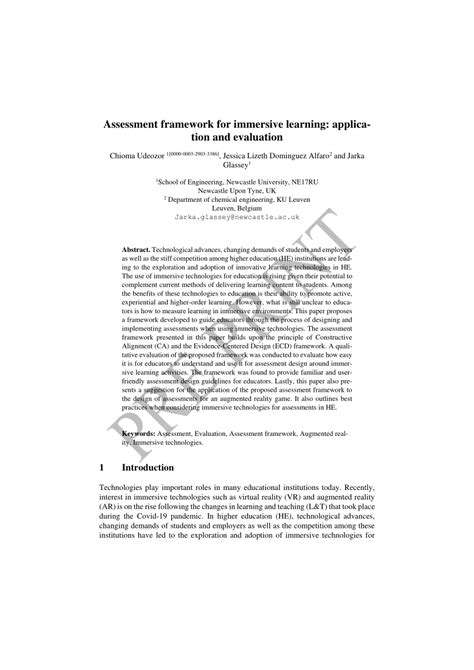
Read more about Creating Immersive Content: Tools and Tips for Educators
Hot Recommendations
- The Gamified Parent Teacher Conference: Engaging Stakeholders
- Gamification in Education: Making Learning Irresistibly Fun
- The Future of School Libraries: AI for Personalized Recommendations
- EdTech and the Future of Creative Industries
- Empowering Student Choice: The Core of Personalized Learning
- Building Community in a Hybrid Learning Setting
- VR for Special Education: Tailored Immersive Experiences
- Measuring the True Value of EdTech: Beyond Adoption Rates
- Addressing Digital Divide in AI Educational Access
- Preparing the Workforce for AI Integration in Their Careers
